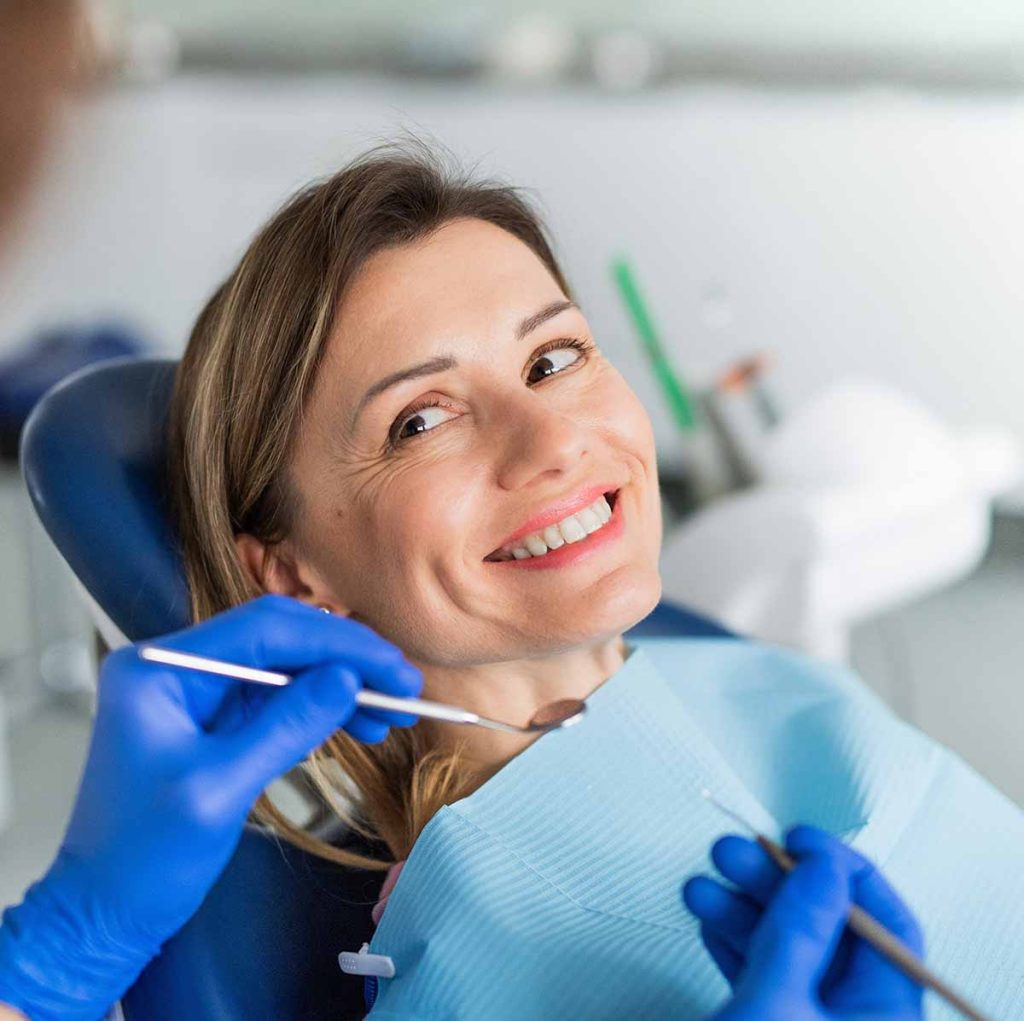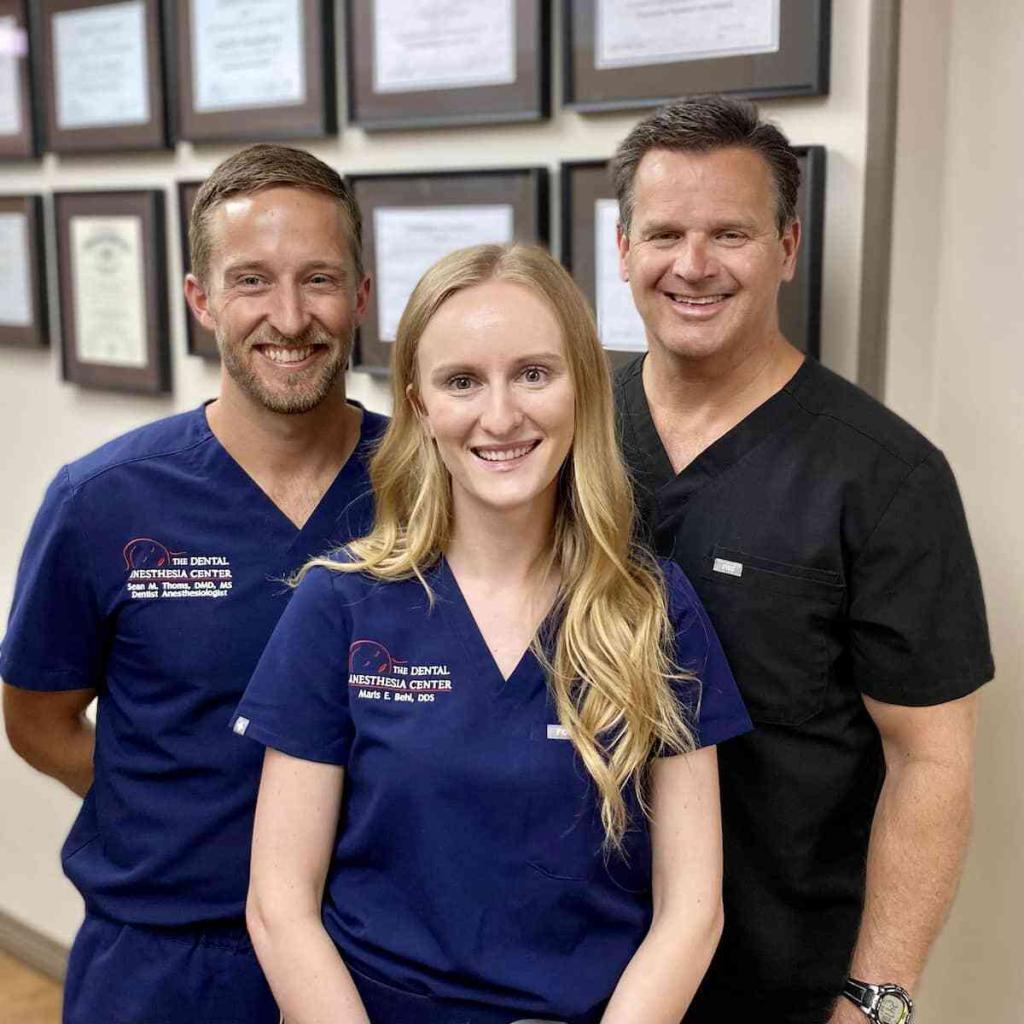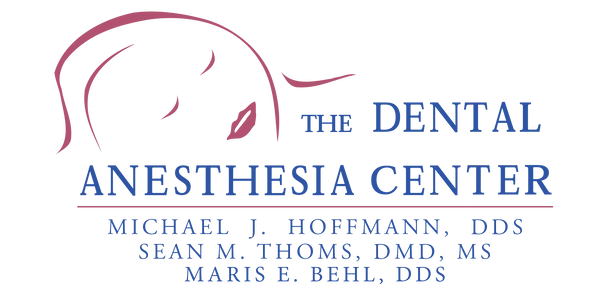How sedation dentistry can help patients with strong gag reflexes. Contact The Dental Anesthesia Center today to schedule an appointment.
Does the thought of a dental impression or a simple cleaning make you gag—literally? You’re not alone. A strong gag reflex is a common and frustrating barrier to dental care, especially for individuals with heightened sensitivity, anxiety, or special needs. But the good news? There are proven strategies and solutions to make dental visits more manageable and comfortable.

😖 What Causes a Strong Gag Reflex?
The gag or pharyngeal reflex is your body’s natural defense against choking. However, this reflex is hypersensitive in some people, especially during dental procedures.
Common Triggers:
- Anxiety or panic, which can intensify the reflex
- Dental instruments near the back of the throat
- X-ray films, bite wings, or impressions
- Toothbrushes or suction devices
🧠 The Gag Reflex–Anxiety Connection
Many people with a strong gag reflex also suffer from dental anxiety or phobia. Anxiety can heighten physical responses, making the gag reflex even more intense.
Breaking the Cycle:
Anxiety → Gagging → Embarrassment → More Anxiety
Sound familiar? That’s why managing the gag reflex often starts with calming the nervous system.
✅ Solutions for Managing a Strong Gag Reflex
At DAC, we combine behavioral, physical, and medical techniques to help patients feel in control and at ease.
1. Behavioral Techniques
- Focused breathing: Slow, rhythmic breathing helps calm the body and reduce the gag reflex.
- Distraction: Listening to music, holding a stress ball, or watching a ceiling-mounted TV can divert attention.
- Desensitization training: Gradual exposure to dental instruments or mouth exercises can reduce sensitivity over time.
2. Topical Anesthetics
Numbing sprays or gels can be applied to the back of the throat or soft palate to dull the gag reflex temporarily. This method is:
- Quick
- Non-invasive
- Especially useful during X-rays or impressions
3. Positioning Adjustments
Changing the position of the dental chair (e.g., keeping the head elevated slightly) can reduce the sensation of choking or gagging.
4. Alternative Tools
We often use:
- Digital X-rays (smaller sensors)
- Intraoral cameras instead of mirrors
- Custom trays for impressions
These modifications help avoid triggering sensitive areas.
5. Sedation Dentistry
For patients with a severe gag reflex or extreme anxiety, sedation dentistry is a safe and effective option. At DAC, we offer:
😌 Oral Sedation
- Ideal for mild to moderate gag reflex
- Taken in pill form before the appointment
💉 IV Sedation
- Deeper relaxation
- Great for patients with moderate anxiety or sensory sensitivity
🛌 General Anesthesia
- The patient is fully asleep
- Best for those who cannot tolerate dental procedures in any other way
Experienced professionals closely monitor all sedation methods to ensure safety and comfort.
👶 For Kids & Special Needs Patients
Children with special needs, autism, or sensory sensitivities often struggle with strong gag reflexes. Our pediatric sedation specialists use a tailored approach that includes:
- Gentle introductions to the dental setting
- Calming visual aids and comfort tools
- Sedation, if needed, to prevent trauma or distress
🏥 Why Choose The Dental Anesthesia Center?
Located in St. Louis, we are the region’s leader in:
- Sedation and sleep dentistry
- Special needs dental care
- Gag reflex and anxiety management
Our team is trained to treat patients with complex medical, emotional, or behavioral needs with dignity and patience.

📞 Don’t Let Your Gag Reflex Hold You Back
You deserve a healthy smile, without fear or frustration. Let us help you find the right solution for your needs.
📍 Schedule a consultation with The Dental Anesthesia Center today
👉 Serving patients across St. Louis and beyond

